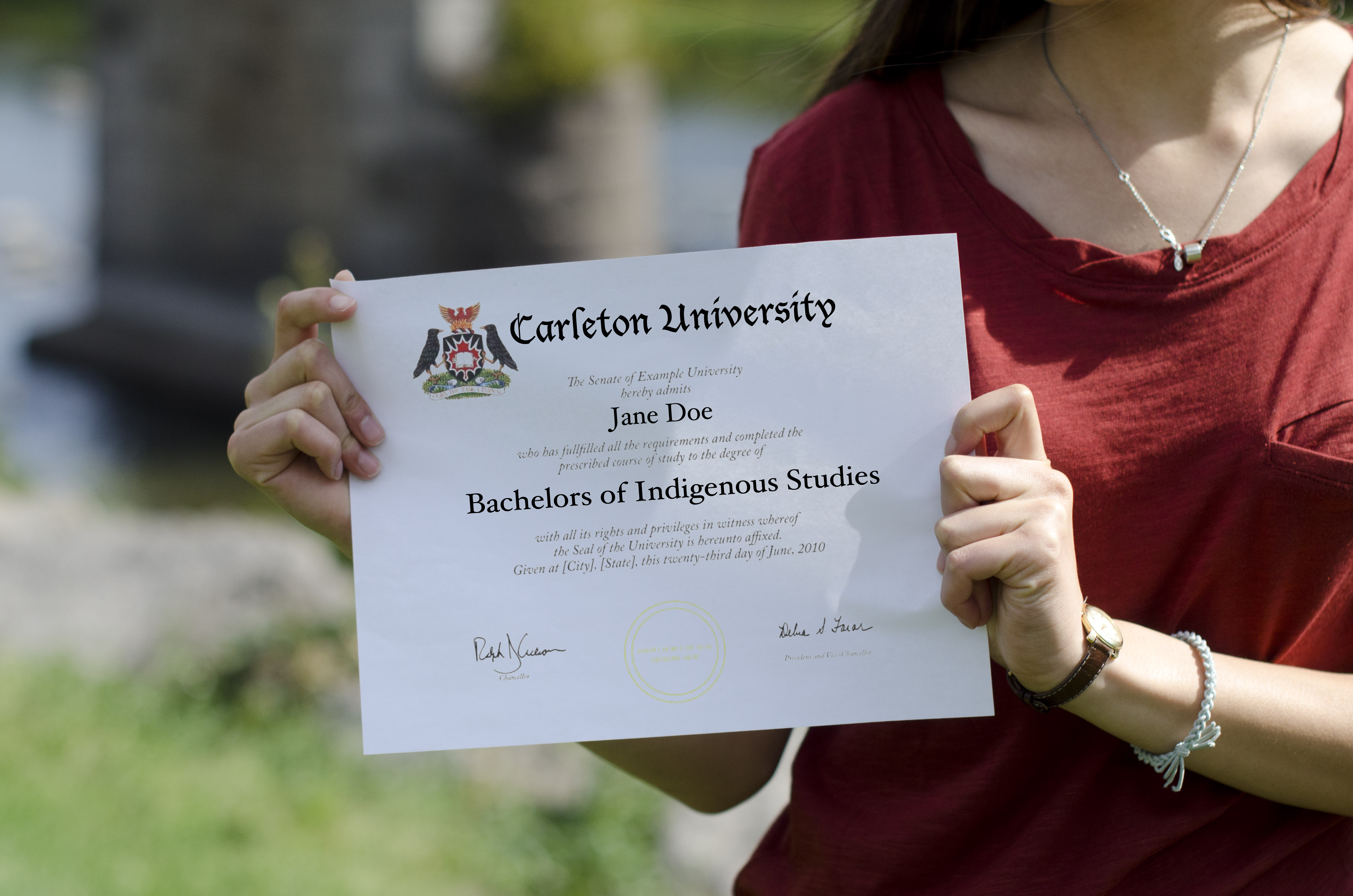Imagine what school was like 30 years ago. The Internet was yet to be introduced, and most students were still learning the old school way—by heading to the library and searching through books.
Fast forward to the early 2000s when overhead projectors and 40-pound desktop computers were forming the beginnings of what would become a progressive leap to integrating technology into learning environments.
Learning isn’t a one-size-fits-all kind of experience.
Some students are visual learners, some auditory. Some like reading textbooks and memorizing facts, while others prefer a more hands-on approach.
The California Science Teachers Association published a study called “What We Know About How
People Learn” which stated: “In a pluralistic society, we cannot afford to have a monolithic conception of intelligence and schooling; it’s simply a waste of talent. We can easily change our closed system—and we should. We must take a more balanced approach to education to reach all of our students.”
Technological strengths
This is where technology can come in handy.
Richard Schmid, a professor of the graduate program of educational technology at Concordia University, has conducted research in the study of technology in the classroom.
“One of the strengths of technology is that it provides multiple modes of content presentation,” he said.
From electronic learning games that adjust the level of difficulty as players progress, to interactive e-books and activities, students can make the most out of their learning experience.
ESpark, a system used in the U.S., uses iPads to personalize learning experiences for students from Kindergarten to Grade 8.
In September 2014, Ontario’s education minister announced $150 million in funding for the next three years for school boards to invest in technology, such as iPads, tablets, software, and Smartboards for classrooms.
So if elementary and high schools are embracing the use of new technology, where do university professors come in the picture?
Bruce Tsuji has spent more than 25 years working in technology companies and teaches psychology and human-computer interaction at the graduate level at Carleton.
Tsuji said some instructors aren’t comfortable enough with using technology, and some students don’t necessarily like “school” encroaching on their personal social media life.
“It’s all about balance,” Tsuji said.
Offering opportunity
Peggy Hartwick, an English as a second language instructor at Carleton, is currently teaching a 3D online, fully interactive, and completely virtual ESL course.
This gives students the opportunity to learn in the comfort of their own home, without hindering their engagement and co-operative capacities.
“Technology in the classroom can often transport a passive classroom into a more active and engaging learning experience for the student,” Hartwick said. “I have observed increased levels of participation, whether it’s through the use of a synchronous online chat forum or online poll, learners that might not participate in a face-to-face context all of a sudden find their voice.”
She thinks this is where technology can be especially beneficial in addressing different learning styles in universities.
“It enhances learning by affording different opportunities and learning experiences for students,” she said.
One slide after another
Overuse or ineffective use of technology can lead to a less than stimulating learning environment.
Schmid said when technology is used as a one-way transmission of information, like notes made on PowerPoint, it doesn’t positively impact learning.
Cognitive tools, simulations, games, activities, etc., are tools that can be used to change the nature of the classroom from one-way communication to two-way dialogue between the professor and the students.
Norman Hillmer, a professor of history at Carleton, doesn’t use technology regularly in class, unless he is presenting an image, song, or video.
He said he isn’t against technology but thinks it’s “easily overused.”
PowerPoint, for example, is one of the most used programs in classrooms, with 80 per cent of teachers reportedly using it at Wilfrid Laurier University.
“I hear a lot of students complain about PowerPoint, feeling that it’s just one slide after another,” Hillmer said. “It’s so in your face that students spend the whole time writing down notes rather than listening to the lecture.”
“My job is to teach,” he said. “That means provoking you, entertaining you, and engaging you in all kinds of ways.”
Computers and laptops and phones, oh my!
According to Maclean’s, a study from 2008 in the academic journal Computers & Education looked at how cellphones and laptops affect classroom behaviour.
Research suggests students who used laptops in class spent considerable time multitasking—and often, not paying attention to the professor—which posed a significant distraction for both the laptop users and surrounding students.
Hillmer said he has noticed a change in the classroom environment since the introduction of technology, but said the onus to have a more engaged classroom isn’t necessarily on the students themselves.
“I think the classroom might be a little bit more difficult to control,” he said.
“But I also think there’s so many stimuli coming at you through social media and such, so many things happening in your lives, and I can understand why you want to do that. So I think that puts even more of a premium on being a good teacher.”
Schmid agreed, saying technology can be beneficial to students when it’s applied in the classroom effectively.
“In essence, it’s not the technology that matters, it’s the way it’s used,” he said. “Pedagogy is important, not the technology. If the pedagogy involves technology, chances are the effectiveness is going to improve.”
Preparing for the classroom
Surej P. John, a lecturer at Assumption University in Thailand, is currently completing his PhD in information technology.
In a research report on the topic of information technology in higher education institutions, he stated, “While applications of information technology bring a lot of benefits to the academic world, it also possesses a few challenges. Butler & Sellbom, (2002) pointed out that unreliability, poor faculty proficiency in technology, resistance to use new technologies, and lack of institutional support are the major challenges for integration and use of information technology in educational environments.”
Schmid said it is very difficult to generate the cognitive tools needed.
“Professors are not experts in developing simulators, and they don’t have the knowledge about the use of technology. That’s where the institution needs to help instructors, by getting them to work with professionals that know how to use this stuff.”
Second-year computer science student Adam Perron emphasized how poor faculty proficiency in technology can have an effect in the classroom.
“Most of the time, since the technology is still fairly new, there are a lot of technical problems and the systems are buggy,” he said. “I think it wastes a lot of class time trying to calibrate the equipment and fix all the problems. Professors should learn the technology first, and make sure it’s ready to go, before trying it out in classrooms.”
Bringing the new into the old
Empirical evidence has shown technology has become a prevalent aspect in the lives of students in the 21st century.
On Feb. 18, Groupe Média TFO, Canada’s leading French educational media company, held a bilingual conference called “Les Tablettistes” in Toronto that explored the biggest issues in digital education.
Glenn O’Farrell, president and CEO of Groupe Média TFO, said, “Sixty-seven per cent of educators and parents consider e-learning an important or very important part of modern education.”
The conference brought together 22 speakers for a day of discussion about the merging of technology and education.
So, it’s no surprise that the older generation is tapping into this need for advancements in digital education, and working on upgrading classroom technologies to reflect it.
Hillmer said it’s up to the education system to keep adapting to new technologies, since their prevalence is becoming harder to ignore.
“It is very difficult to generate the cognitive tools,” If we don’t keep up with technology, it’s going to make us irrelevant after a while,” he said. “I guess my bottom line is, technology or no technology, we have to be good teachers, regard ourselves as public servants, who want more than anything else to communicate. Any way that works for you, anything that works for profs, and anything that works for students, I’m in for that.”
Martina Babiakova talked to students about technology in the classroom. Check it out here:






